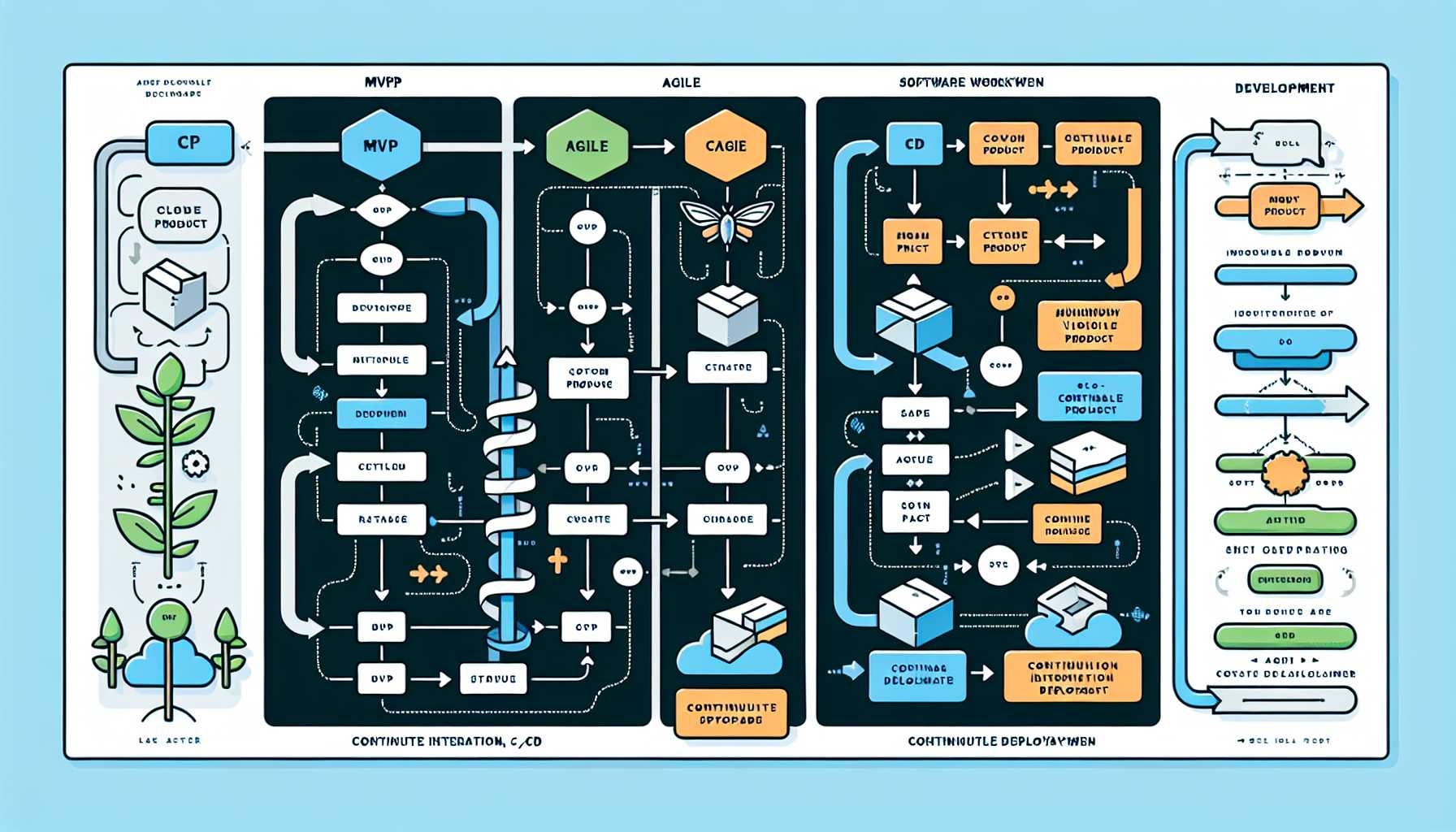Welcome back to my blog, revered product leaders and keen learners of the product management craft. Today, we delve into a perennial challenge that all of us face in tech product management: how can we balance the pressing need for speed to market with the non-negotiable imperative of software quality and robust testing? Sit back as I draw upon a plethora of product frameworks, industry comparisons, and, most importantly, the hard-earned wisdom from my own journey in the trenches.

Understanding the Dilemma
In the world of software, the pressure to release products quickly can be overwhelming. The race to capture market share, the threat of nimble competitors, and the ever-changing landscape of customer expectations create an urgency that is difficult to ignore. However, cutting corners on software quality and testing is a treacherous path that can lead to brand erosion, customer churn, and costly retrofits down the line.
Lean Principles and MVP
My early years in product management were marked by a deep-seated belief in the rigorous implementation of Lean Startup principles. One thing that Lean methodology has taught us is the concept of the Minimum Viable Product (MVP). By focusing on developing the MVP, we identify the core features that solve the key problems for our users. This allows us to release quickly and iteratively improve based on real user feedback, without committing excessive resources upfront.
Personal Learning from MVP-Focused Releases
I vividly recall the launch of a groundbreaking feature in a collaboration tool that my team led. We were under immense pressure to match a rival product’s offering, but we chose to roll out an MVP that performed the essential functions with a simple user interface. The market’s response was educational – the users were not just forgiving of our simplicity but appreciative of our approach to solving their immediate problems. We enhanced the V1 over time based on user feedback but saved precious time and resources early on.
Agile Practices and Continuous Integration/Continuous Deployment (CI/CD)
Agile methodologies have revolutionized software development, enabling faster iterations and a closer integration of the development and testing processes. In my tenure at a SaaS company, we embraced Agile and integrated it with a solid CI/CD pipeline. This approach allowed us to release features in a controlled environment, with automated testing reducing the risk of introducing critical defects.
Strategizing Test Automation
To balance speed and quality, we invested heavily in automated testing. While manual testing was crucial, it was the automated tests that enabled us to maintain velocity. By focusing on writing robust, comprehensive test scripts alongside our development efforts, we managed to maintain a high degree of code coverage, identifying and resolving issues quickly.
Risk-Based Testing Strategies
Not all features and bugs are created equal. Over the years, I’ve employed a risk-based approach to testing that prioritizes features and bug fixes based on their potential impact on the user experience and the business as a whole. This method demands a keen understanding of the product and its users, and the conviction to sometimes defer less-critical fixes in favor of maintaining momentum.
A Tale of Prioritization
One particularly revelatory experience occurred when we faced a serious defect in our application’s payment module. Conventional wisdom would have suggested halting all releases; however, we understood that our subscription-based model could tolerate a 24-hour workaround for a limited user segment. We prioritized other high-impact features for release and patched the payment bug in the next cycle without any discernible customer backlash.
Mixing Speed and Stability with Feature Flags
Feature flags have become a mainstay in my toolkit. This technique allows for the controlled release of features to subsets of users, testing stability and gathering feedback, while being able to revert quickly if something goes awry. Moreover, it underscores a culture where deployment and release are distinct, allowing for frequent code deployments while strategically releasing features to users.
Leveraging Feature Flags in Practice
In one episode at an enterprise-level product company, we performed a dark launch of a complex analytics module using feature flags. The ability to test in production with actual user data, yet without disturbing the user’s normal workflow, was transformative. Not only did it de-risk the final rollout, but it also provided rich data to optimize the feature before wide-scale adoption.
Conclusion
The balance between speed to market and software quality requires a multifaceted approach. It starts with embracing an MVP mindset, continues through integrating Agile and CI/CD practices with comprehensive test automation, and is refined by applying risk-based decision-making and innovative release techniques like feature flagging. These strategies, when synergized, offer a robust framework for delivering quality software at an accelerated pace without the burn of compromised integrity or major post-release crises.
Remember, the twin imperatives of speed and quality can coexist – but it requires a nuanced, strategic approach that is fit for your specific product and market context. Embrace the learning opportunities that come with each choice, and let your experiences, as mine have, inform and refine your journey as a product leader.
